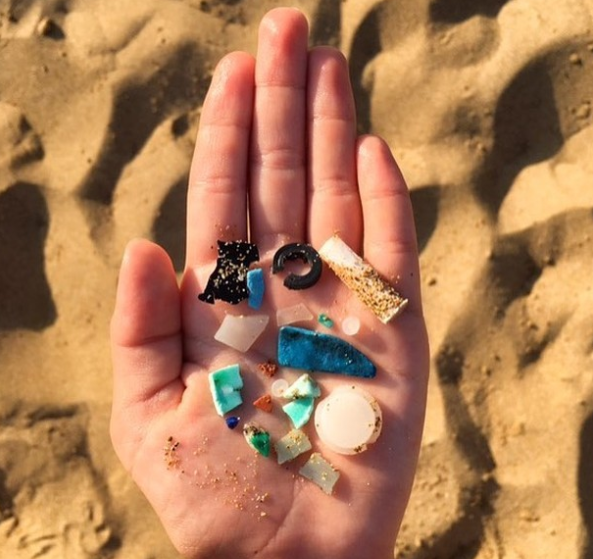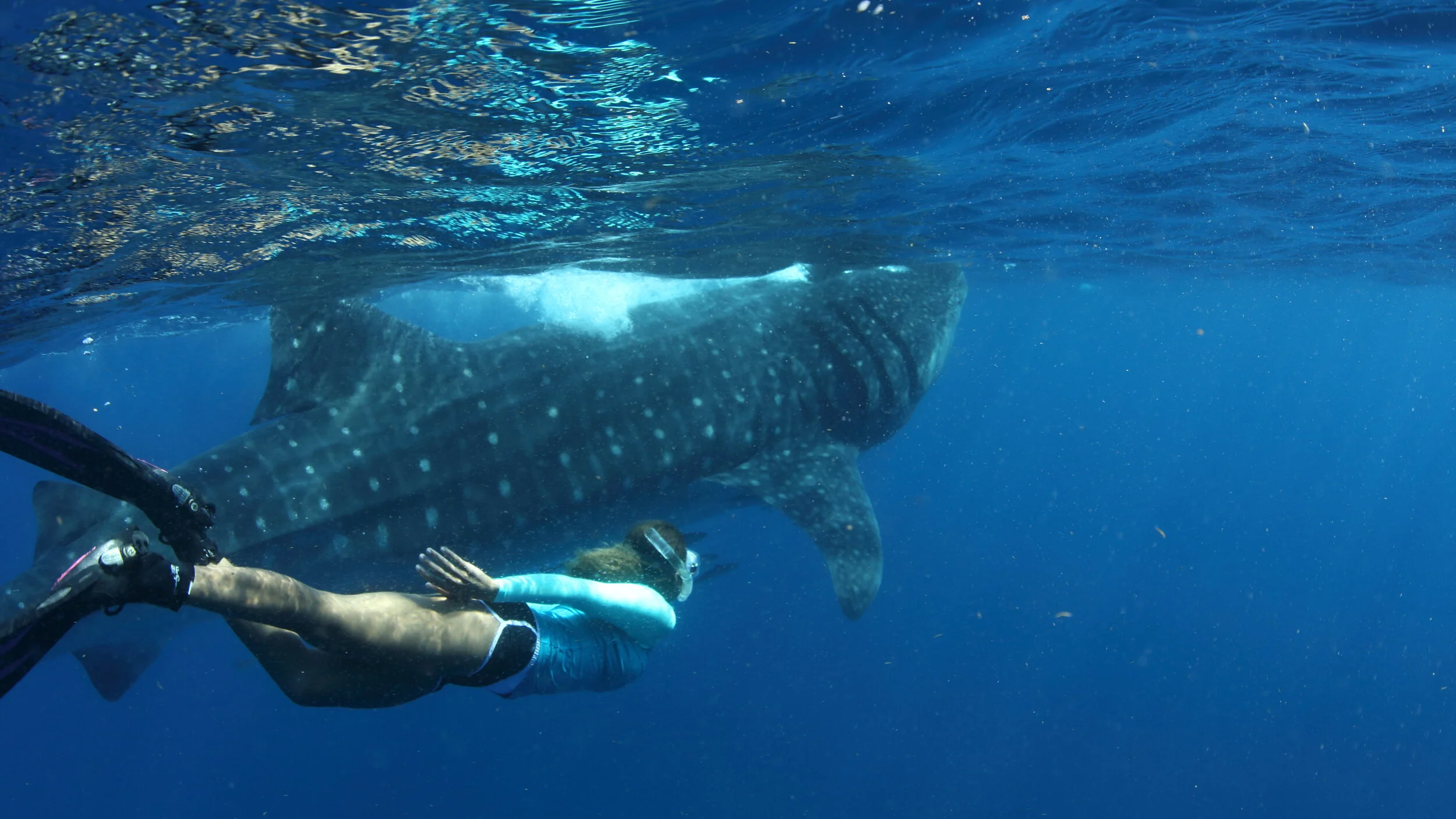Why Every Day Should Be Earth Day
Earth Day was established in 1970, and since then, our planet has endured an incomprehensible excess of waste, a warming climate, and rising sea levels, not to mention roughly 4.5 billion more inhabitants.
Earth Day is a necessary event for us to show a bit of gratitude for this blue ball we call home, but more importantly, it also gives us the opportunity to pick up Earth-friendly tips we can take with us all year.
Our planet is home to beautifully diverse species, stunning flora and fauna, the crops that provide us food, mighty oceans, and our friends and family members. That sounds like something worth protecting!
Here are a few reasons why each day should be Earth Day:
1. EVERLASTING PLASTIC LASTS FOREVER
Plastic bags, straws, cups, containers, toys, and cutlery, these single-use items will be around long after we’re gone—polluting our waterways, piling up in landfills, and breaking down into microplastics.
With plastic, our problems never stop. Scientists have discovered microplastics in the fish we eat, the soil that nourishes our produce, and most recently, in remote mountainscapes where microplastics are transported by wind.
Estimates of how long it will take for these plastics to biodegrade into their constituent molecules range from 450 years to never. That’s astounding, but it shouldn’t make you feel defeated. All you have to do is skip the plastic, and in today’s world, it has never been easier.
Keep an eye out for products made of sustainable materials such as bamboo, palm leaves, corn starch, or wood. If you can’t find anything made out of sustainable plastic alternatives, seek out products made of materials that will last you a lifetime, such as stainless steel. Our planet can’t handle a “one and done” mentality any longer. It’s time we consider the future before ever bringing these types of products home.
2. THE ANIMAL KINGDOM IS BEING DIMINISHED
A recent study was picked up by every mainstream news outlet with the headline, “Humans Wiped Out 60% of All Animals.” While the title of this shocking news story is certainly a bit misleading, as the number is actually closer to 18% on average, it’s still cause for alarm.
Poaching, hunting, and fishing are detrimental to animal populations; however, the biggest threat to species around the globe is habitat loss and climate change. Destruction, deforestation, and degradation all add to habitat loss. And when you combine this with a warming climate and a lack of biodiversity, it creates unhealthy ecosystems, putting wildlife at risk of disease and starvation.
What can you do to help protect animals and the places they call home? Consider where your food is sourced. Check the label and steer clear of products made of palm oil—a crop that requires massive areas of land—often at the expense of existing rainforests and the creatures that dwell there.
Can’t live without your coffee and chocolate? Take a few minutes to dig a bit deeper to understand exactly where these beans are picked. Look for “organic,” “fair-trade,” and “Rainforest Alliance” to ensure you’re doing your part.
Last but certainly not least, try to cut back on your meat intake, and when it comes to all-you-can-eat sushi, forget about it! Overfishing and climate change are depleting our essential fisheries. When you go further to examine the bycatch of dolphins, sharks, and even whales that are harmed by industrial fishing practices, it’s clear to see why there’s no such thing as sustainable seafood.
3. WE NEED THIS PLANET
There’s no plan-et B. This one’s all we’ve got! If you’re privileged enough to live in an area that hasn’t already felt the drastic effects of climate change, consider yourself lucky.
Take a look at the United States’ southern towns, specifically cities like Miami where the chance of it flooding on a sunny day is more than likely. Or think back to the devastating hurricanes that ravaged the region, most recently destroying parts of Texas, Puerto Rico, and Florida. Head up North, and you’ll find that parts of Southern Queens and Brooklyn are already under water.
When it comes to air quality, cities in India and China take most of the top spots for the most polluted air on our planet, but on American soil, look no further than the Golden State.
California is the land of green juicing, recycling, and yoga, yet major cities like Los Angeles and Sacramento suffer from higher than average air pollution. With the density of people, cars, and buses in this region, as well as a slew of wildfires that have destroyed the landscape, it’s no wonder why this problem exists.
Instead of driving to work each day, share an Uber with a coworker, hop on public transportation, or walk or bike if you live close enough. Before you buy a cotton t-shirt, consider where it was sourced, how the workers are treated, and whether or not that factory dumps toxic materials back into the land. Conserve energy and unplug appliances when they’re not in use.
While it seems like the state of our planet is looking bleak, that’s simply not true! In fact, in a recent article from National Geographic, Eric Dinerstein, director of biodiversity and wildlife solutions at RESOLVE, says “The benefits of protecting 50 percent of nature by 2030 are tremendous.” If we all work together to use less, be mindful of what we buy, and consider our grandchildren and their grandchildren when making decisions, we can help save our precious planet.
One simple way to make every day Earth Day is to pass it on! Pass on your knowledge. Pass on your healthy eating tips. Pass on your sustainable shopping hacks. Pass on everything you know about protecting Earth and watch as that information ripples through communities across the world.
How will you make each day Earth Day?





